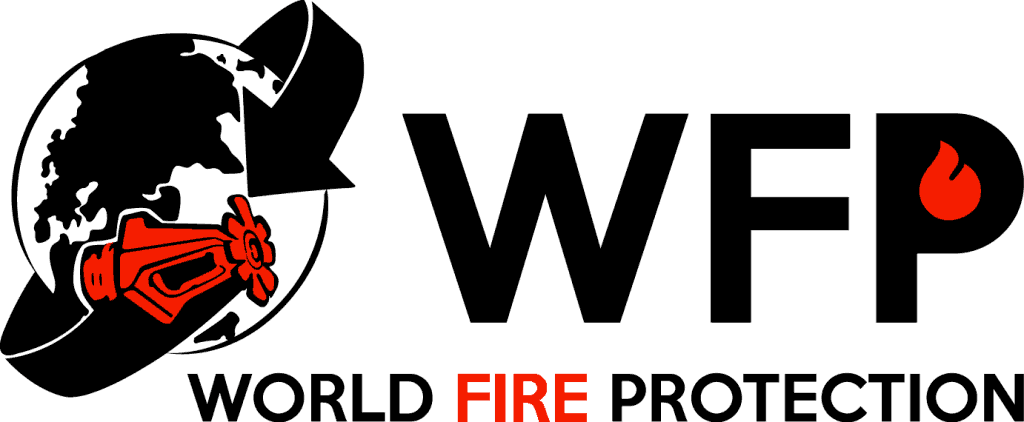Having a fire safety compliance program in place is a requirement in almost all industries. It is a necessary part of a company’s operations and a set of processes that must be followed to ensure that a company is ready to deal with a fire emergency. Compliance is a necessary part of the process and every company should have a fire safety compliance program in place.
Many occupational fatalities occur due to fire, explosions, or building collapse. This happens mainly due to a lack of proper fire safety compliance. Therefore, it is necessary for employers to implement appropriate fire safety compliance programs in their workplaces. In this blog, we will discuss some of the important fire safety compliance guidelines and provide a detailed analysis of how to carry out a fire safety compliance audit.
1. Fire Safety Compliance Programs
The first step of a fire safety compliance program is to ensure that the business has a fire safety compliance program as mandated by state and local fire safety departments as well as fire safety compliance guidelines issued by the products and service industries. These guidelines include products such as fire extinguishers and first aid kits as well as services such as emergency evacuation plans and fire drill procedures, and the fire safety compliance auditor is responsible for ensuring that the guidelines and regulations of these and other areas of fire safety compliance are met.
2. Fire Safety Compliance Guidelines
Fire Safety Compliance Guidelines are a vital workplace requirement that every business should be aware of. If you have a workplace, whether it’s a warehouse, a retail store, or an office, you will need to adhere to the Fire Safety Standards as set out by the Government to make sure you are safe from fire hazards. This is why it’s important to have a trained firefighter come and conduct a fire safety audit in your workplace. The audit will determine the areas of your workplace that have a high risk of being a fire hazard and will also provide a list of tips on how to fix the problem.
When employees are properly informed about fire safety, they are more likely to avoid causing the fire. The Fire Safety Compliance Guidelines are used by organizations to ensure their employees are aware of the dangers of fire, how to behave appropriately in case of fire, and what to do should one occur. Having these guidelines in the workplace also reduces the risk of injury should a fire occur.
3. Fire Safety Compliance Audit
Fire Safety Compliance Audit is an industry-standard that includes inspections for all aspects of your office. There are several risks that may be lurking in your workplace that could result in a fire. Combustible materials, fire equipment, and tools that are poorly maintained can all result in fires. Some examples of the things that could go wrong are batteries in fire extinguishers not being replaced, old extension cords, and more. If any of these hazards are not detected, they could result in a fire. Proper insulation of wires is another major risk. It’s important for this to be documented so that the electrical systems are in the right conditions. A Fire Safety Compliance Audit ensures all safety measures are being followed properly.
4. Improving Fire Safety Compliance
Improving your fire safety compliance is vital to keeping your business safe from fire hazards. In order to be compliant with fire safety standards, you have to have a fire alarm system connected to a fire department. If a fire were to break out in the workplace of a company that doesn’t have a fire alarm system, they could suffer great losses that could be avoided with a proper fire safety system.
Ensure your building is compliant and safe with World Fire Protection. WFP can help you make sure your commercial and/or retail space is designed and built to the fire code, and that your fire safety systems are installed and tested. We are available for consultation or to handle all aspects of your fire safety system. Call us today!
